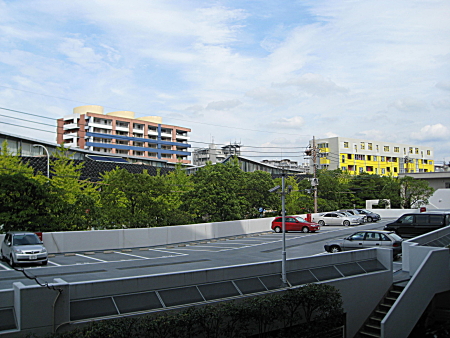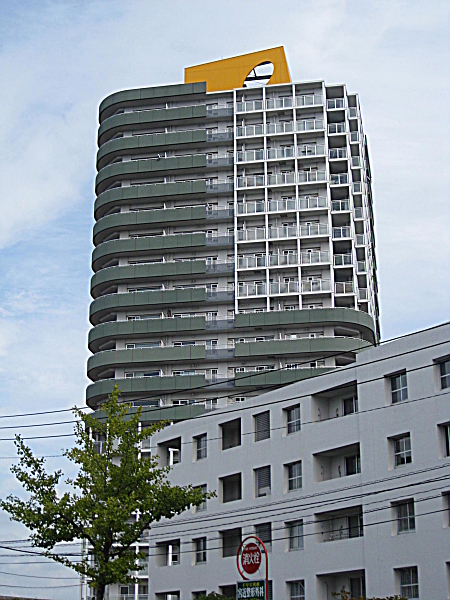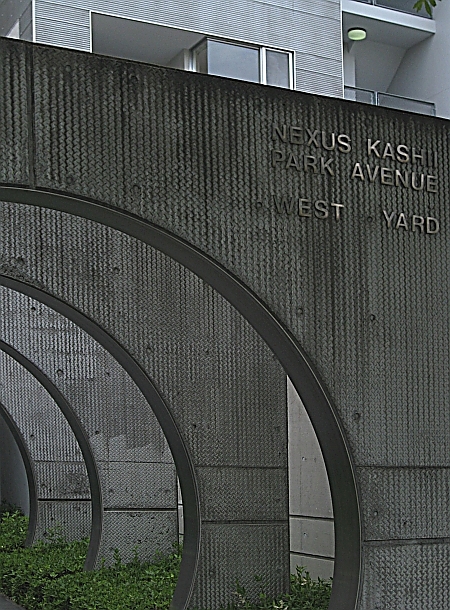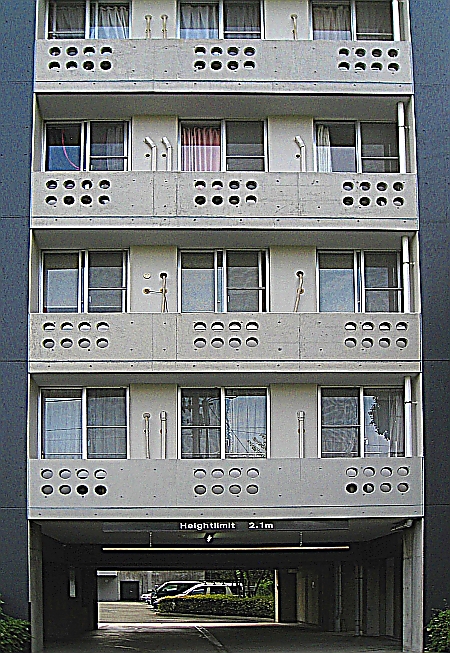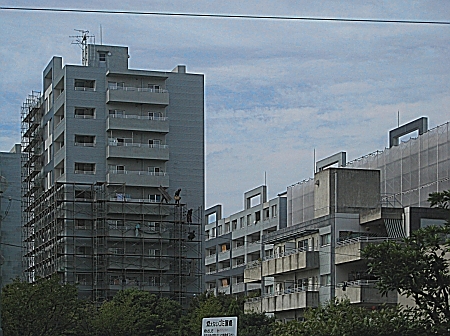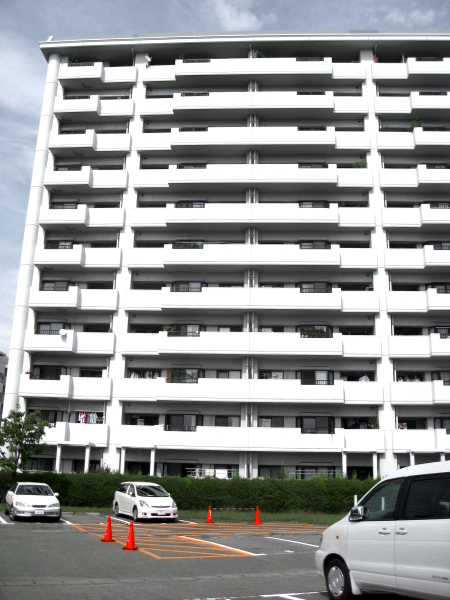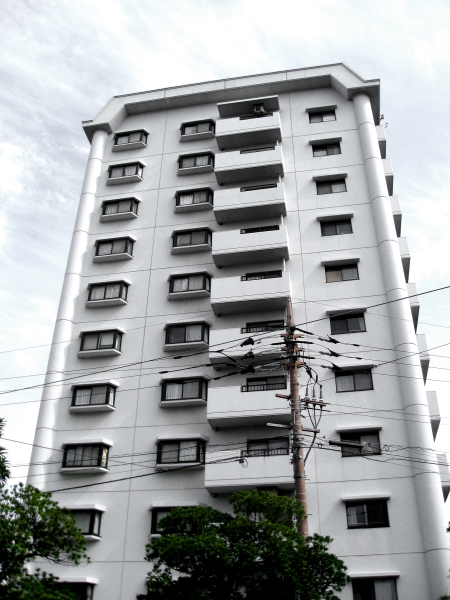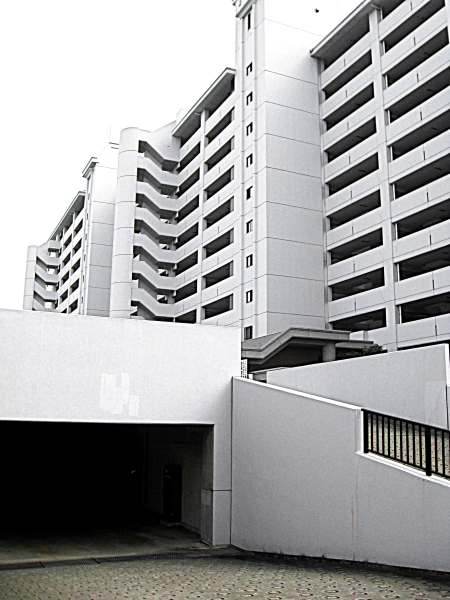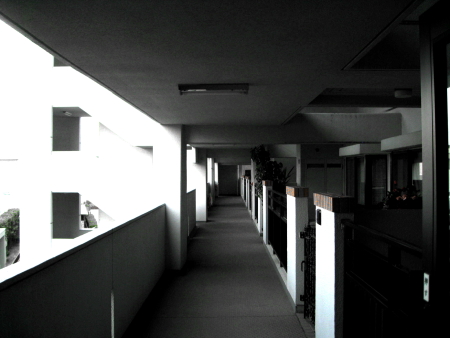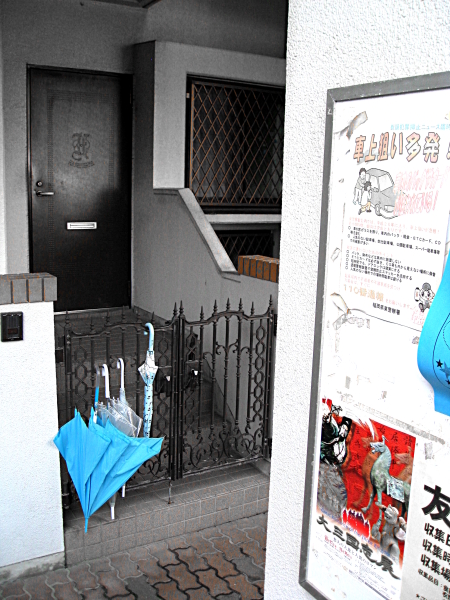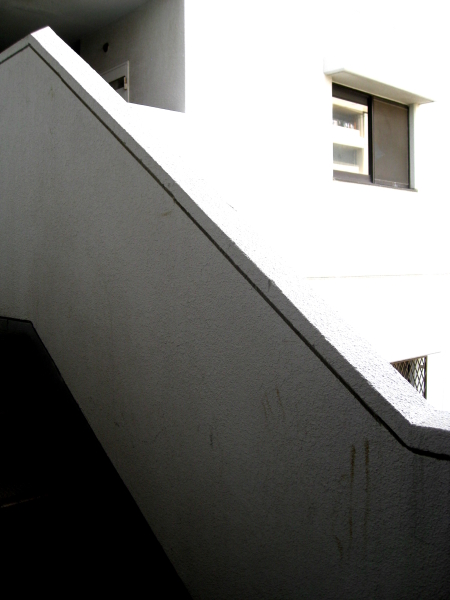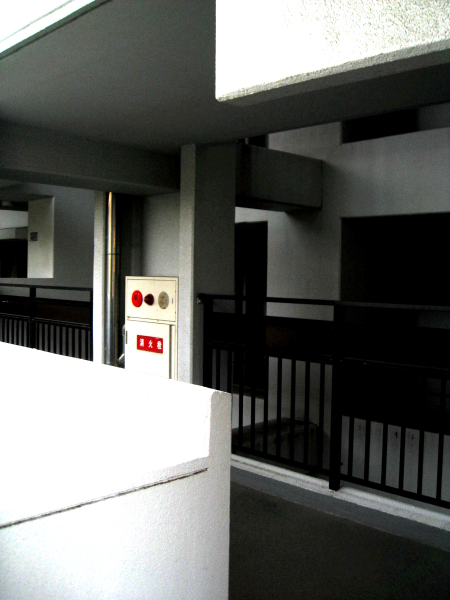Archive for the 'japan' Category
Tuesday, October 6th, 2009
Last year we visited the socalled Yamakasa festival in Fukuoka, Japan, from wikipedia:
Yamakasa – held for two weeks each July, is Fukuoka’s oldest festival with a history of over 700 years. Teams of men (no women, except small girls, are allowed), representing different districts in the city, race against the clock around a set course carrying on their shoulders floats weighing several thousand pounds. Participants all wear shimekomi (called fundoshi in other parts of Japan), which are traditional loincloths. Each day of the two-week festival period is marked by special events and practice runs, culminating in the official race that takes place the last morning before dawn. Tens of thousands line the streets to cheer on the teams. During the festival period, men can be seen walking around many parts Fukuoka in long happi coats bearing the distinctive mark of their team affiliation and traditional geta sandals. The costumes are worn with pride and are considered appropriate wear for even formal occasions, such as weddings and cocktail parties, during the festival period.
Yamacasa is quite a dizzying event that is if you are amidst it is hard to figure out what is going to happen, there is a lot of press and and a lot, lot of people at the festival. here some images:
(more…)
posted by nad | japan, trips | No Comments »
Thursday, July 23rd, 2009
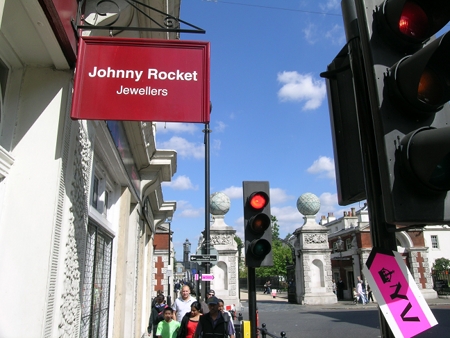
Traffic lite in Brietain
Our friend Sophie Molholm coorganized recently a conference in multisensory research. Looking at the conference announcement I felt inspired to ask myself again to what extend rational cognitive instances do influence perception. An example: A traffic light in the western world is usually considered to have the colors red-yellow-green (or at least red and green (although the new LED lights look kind of bluish)). However I think it is important to note that in japaneese the green color for a traffic light – is not “MIDORI” (green), but “AOUI”, which is BLU! Did this make japanese people more prone to call something green-bluish “blue” instead of green? Doing experiments for this example might be difficult due to the ethnic pecularities, but I am sure there exist other examples and probably even studies on that subject.
here a little collection of randform posts related to the subject:
naming-gaming: evolution of languages
wirepullers: artwork challenging salience
manicone: artwork challenging 4 dimensional space perception
focus and context, part I: evolution and knowledge formation
focus and context, part IV: A Physicist Experiments With Cultural Studies: knowledge formation in humanities vs natural sciences
Le manoir du diable: conscientious coloring of astronomical data
common sense: designing computer minds at media lab
canny skinny skin scans perception and quantum computing (see also focus and context, part IIa: A quantum computation game)
error incognito:perception and space
Dreammachine: psychadelic effects in neuroscience
uncanny paintings: link to an experiment using facial expressions as a feedback interface for a painterly rendering algorithm
visualizing meaning: link to a survey concerning the usefulness of diagrams and charts in knowledge building (and a funny comment to that)
posted by nad | communication, computer vision, japan, perception, procrastination, software, trips, UK, visualization | No Comments »
Sunday, January 18th, 2009
a post about austrian/german cuisine
(more…)
posted by nad | architecture, art and design, communication, japan, perception, trips | No Comments »
Thursday, November 20th, 2008
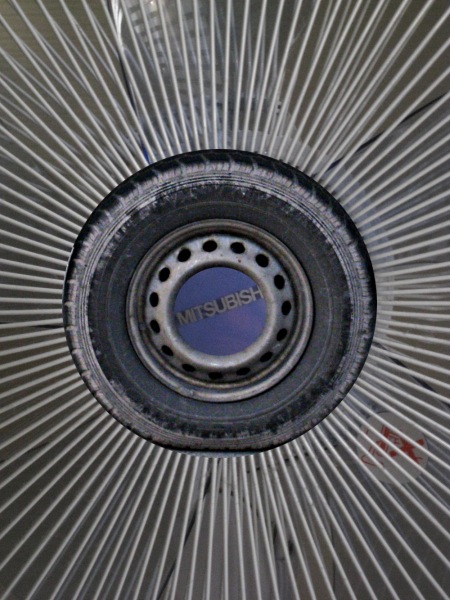
This will be a post about cars, nuclear power and economic stimulus programs.
(more…)
posted by nad | bio, climate, communication, economy, environment, japan, physics | 1 Comment »
Monday, October 27th, 2008
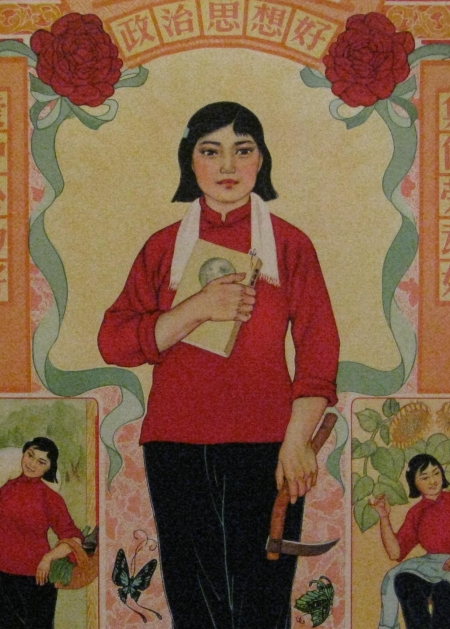
Some images from the recent exhibition at the Fukuoka Asian Art Museum “Visualising the bright future – Propaganda Pictures of New China” which displayed political posters from China. The posters were contrasted with some artwork of more recent artists (like Feng Mengbo, Xu Zhiwei and Ai Weiwei) which supplemented the permanent collection featuring e.g. Lin Tianmiao (please see below).
(more…)
posted by nad | art and design, communication, japan, visualization | No Comments »
Monday, September 29th, 2008
posted by nad | architecture, climate, environment, japan, trips | 1 Comment »
Wednesday, August 27th, 2008
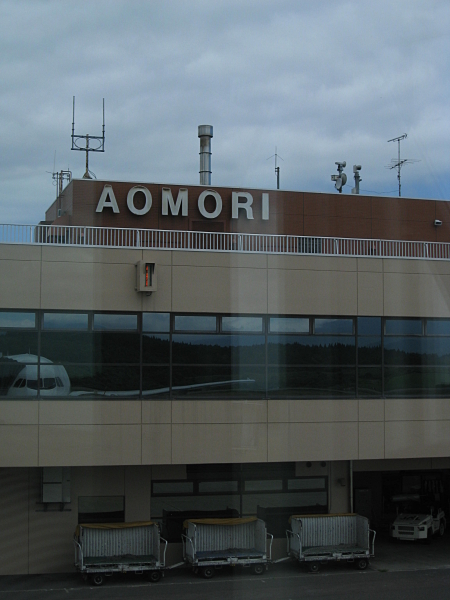
Due to a recent conference in the north of Japan I passed the airport of Aomori. It looked to me very much like 60/70/80-ties east german architecture.
(more…)
posted by nad | architecture, art and design, japan, trips | 1 Comment »
Wednesday, August 6th, 2008
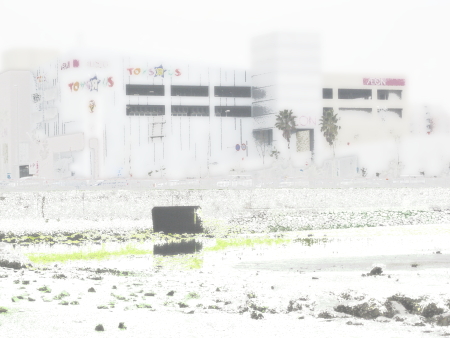
Hiroshima and Nagasaki, the two cities which suffered under a US nuclear attack are in the vicinity of Fukuoka (where the writers of this blog are currently located), so there are quite some people around here for whom these attacks are not just a scary story but bitter reality.
The bombs were a production of the Manhattan Project which was initiated by the fear that Nazi Germany could develop bombs of its own (which turned out wasn’t the case) and there were plans to throw nuclear bombs on Ludwigshafen, Mannheim and Berlin. Luckily Berlin capitulated early enough! If this wouldnt have been the case you probably wouldnt read this blog, as both of my parents were in Berlin in wartimes (with a few exceptions: my father and his mother (a single mom) were evacuated to Bavaria for a short time and my mother and her mother went on a trip to get the mother of my grandmother (whose husband died already in the first world war) out of Poland)
Among the targets of the US bombs were the Mitsubishi Steel and Arms Works and it is a strange coincidence that right this company is currently developing Japans new fast breeder at Monju (partially in collaboration with russia). At this point one should repeat that fast breeders bear a high proliferation risk.
The old fast breeder in Monju was closed in 1995 following a serious sodium leak (which was luckily not radioactive like this leak) and fire. It is expected to reopen in 2008.
posted by nad | berlin, bio, climate, environment, japan, physics, trips | 4 Comments »
Wednesday, July 9th, 2008
I got some hints that my last posts were a bit too technical. So here some pictures from Tenjin in Hakata. It is not easy to summarize all the impressions one gets from this part of Fukuoka. It is a strange mixture of decent shops and restaurants on one hand and on the other hand bars, which look more as if they belong to some red light district. There were quite some women on the roads which didnt look too happy.
(more…)
posted by nad | japan, Uncategorized | 3 Comments »



